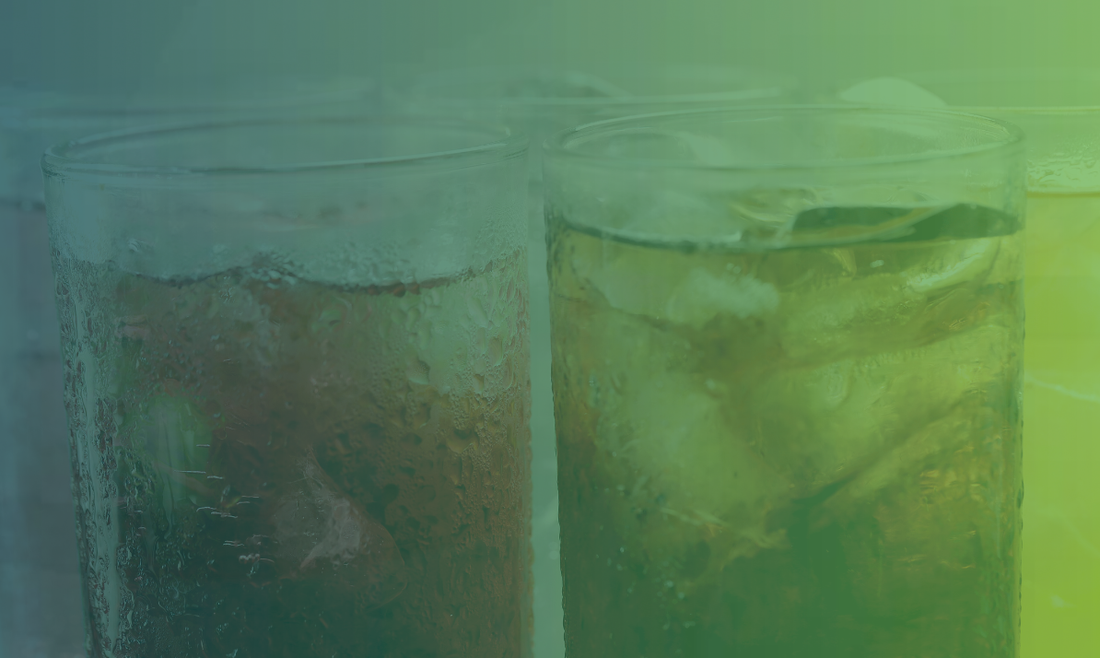Beverage quality control ensures that every bottle, can, or keg meets the sensory and safety standards consumers expect. Central to that process is gas management; particularly carbon dioxide (CO₂). In sparkling drinks, CO₂ delivers the effervescence, aroma, and freshness that define the product experience. For nitro beverages, nitrogen (N₂) creates a creamy texture and cascading pour, but CO₂ still plays a subtle, essential role. Understanding where CO₂ fits into both beverage types is key to achieving consistent flavor, mouthfeel, and stability across batches.
CO₂’s Role in Sparkling Beverages
Sparkling beverages depend on precise CO₂ control to achieve the ideal balance between fizz, flavor, and foam. Dissolved carbon dioxide not only generates the characteristic bubbles but also influences taste perception by lowering pH and enhancing acidity. This slight tartness amplifies fruity or citrus notes, giving drinks their crisp finish.
In addition to sensory impact, CO₂ acts as a natural preservative. By displacing oxygen, it helps prevent oxidation and microbial growth—two major threats to shelf life. Proper carbonation levels also maintain internal pressure, stabilizing flavor over time. Whether producing craft seltzers, kombucha, or premium sparkling water, monitoring CO₂ volumes (typically between 3.0 and 4.0 volumes depending on style) ensures a product that is lively yet stable from packaging to pour.
Nitro Beverages and Minimal CO₂
Nitrogen-infused beverages, such as nitro beers, cold brews, and teas, use N₂ to create a dense, cascading foam and a smooth, velvety mouthfeel. However, these drinks aren’t completely free of CO₂. A minimal amount of dissolved CO₂ (often around 1.0–1.2 volumes) is necessary to promote head formation and provide a subtle lift to the flavor profile. Without that trace carbonation, nitro drinks can taste flat or overly creamy.
In beverage quality control, producers must carefully balance nitrogenation and carbonation. Too much CO₂ and the beverage loses its signature smoothness; too little, and the head lacks structure. Monitoring CO₂ during nitro production therefore becomes just as critical as managing N₂ pressure, particularly during packaging where gas absorption rates can fluctuate.
Gas Purity and Sensor Monitoring
Regardless of beverage type, gas purity directly affects sensory quality. Food-grade CO₂ with a purity of at least 99.9% minimizes contaminants such as hydrocarbons, sulfur compounds, or moisture—all of which can cause off-flavors or health risks. Even trace impurities may alter the drink’s aroma or destabilize foam.
Modern beverage quality control systems rely on continuous gas analysis to verify purity and consistency. Dissolved CO₂ sensors and analyzers provide real-time measurements during production, fermentation, and filling. These devices allow brewers and beverage makers to detect deviations early, preventing over-carbonation or flat batches before they reach the consumer. Inline CO₂ monitoring has therefore become a standard part of process control in both small-scale and industrial operations.
Integrating CO₂ Analysis in Quality Control Workflows
Advanced analytical systems have transformed how beverage producers manage gas quality. Inline meters, infrared analyzers, and FTIR-based instruments provide fast, non-invasive readings of dissolved CO₂ content and purity. These technologies deliver near-instant verification at key control points—from carbonation tanks to filling lines.
Integrating such instruments into the broader quality workflow ensures data-driven precision. Continuous tracking not only reduces waste but also enhances reproducibility between batches. In nitro production lines, where CO₂ volumes are intentionally low, these tools are invaluable for confirming consistency across kegs or cans. In sparkling beverages, they guarantee the effervescence and flavor stability that define brand identity.
For facilities adopting Industry 4.0 principles, real-time CO₂ analytics also enable automated process adjustments. When linked to centralized control systems, gas analyzers can dynamically modulate injection rates, ensuring each product meets target specifications with minimal manual oversight.
Why CO₂ Control Matters for Both Beverage Types
Though nitro and sparkling beverages differ in sensory goals, both depend on CO₂ precision. For sparkling drinks, it defines the signature effervescence and longevity. For nitro beverages, it subtly shapes mouthfeel and foam behavior. Poor CO₂ management can dull flavors, shorten shelf life, or create texture inconsistencies—issues that directly affect consumer perception and brand trust.
From ingredient selection to packaging, controlling CO₂ is therefore not just a production variable but a hallmark of beverage craftsmanship. Achieving the right balance requires continuous analysis and a commitment to gas purity standards that align with regulatory and sensory expectations.
Looking for Beverage Quality Control Solutions?
CO₂ is more than a carbonation agent—it is a cornerstone of beverage quality, impacting everything from taste to texture to shelf stability. Whether crafting a crisp sparkling water or a smooth nitro cold brew, mastering CO₂ control is essential to delivering consistent excellence.
ASTG’s AirBreather CO₂ analytical systems provide beverage producers with rapid, accurate CO₂ purity verification and real-time monitoring capabilities. By integrating precise gas analysis into beverage quality control workflows, producers can safeguard flavor integrity, optimize production efficiency, and uphold brand standards with confidence.
To learn how ASTG’s expertise in gas analytics can enhance your beverage quality program, contact ASTG today.

